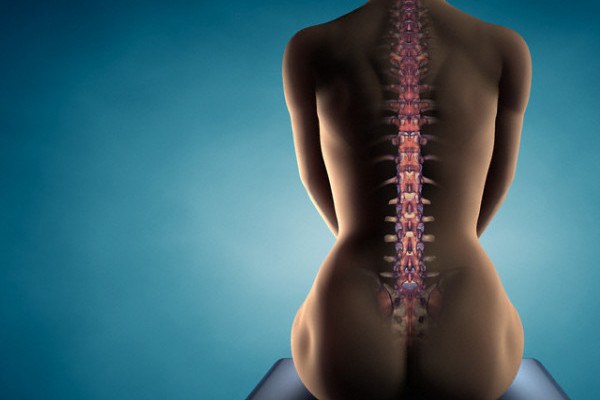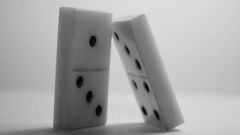The weight of the bones
In the body of a newborn baby present 350 soft and flexible bones that grow together and in the end, the skeleton adult human consists 206 bones solid. In living bone contains 50% of water, and 15.7% fat, 21.8% of inorganic substances and 12.5% organic matter. In fact, bones are composed of minerals – namely, calcium, magnesium, phosphorus, copper, zinc, barium, aluminum, fluorine, silicon, and so on. The density of all bones is the same, however some people have a fine-boned skeleton with thin fingers, small feet and hands, and narrow shoulders and narrow chest. These people bone, respectively, weigh less than the big-boned people.
The weight of bone does not affect the weight of the human body – just the width of the bone depends on the size of the attached muscle, which weighs more than fat.
To determine the fineness or broad bones, you can use a simple test is sufficient to measure the circumference of your wrist. If it is less than 16 inches, the bone is thin, if it is 16-19 inches – the bone is normal, but if more than 19 centimeters – boned. While the muscles and bones soaked in liquids that gives them the difference between the weight of a person. In addition, the weight of the bones may depend on body type, which happens to be asthenic, normosthenic and hypersthenic.
The decrease in bone weight
Weight and bone density can decline with age because of the skeleton washed out minerals and calcium. The result is bones become fragile, porous and light, which significantly increases the risk of fractures and diseases such an insidious disease such as osteoporosis. This is especially true of fine-boned people, and especially blondes, at risk of this disease.
Depending on the growth of the skeleton the average human adult has a specific gravity of from 7 to 10 pounds.
To avoid age-related weakening of bones, should be consumed a large amount of dairy products and regular exercise body because exercise strengthens the skeleton of the best of all calcium supplements. It should be remembered that the reduced weight of the bones is not always associated with osteoporosis – it can be affected by various genetic diseases, improper or unbalanced diet, and even congenital defective part of bone mass.





